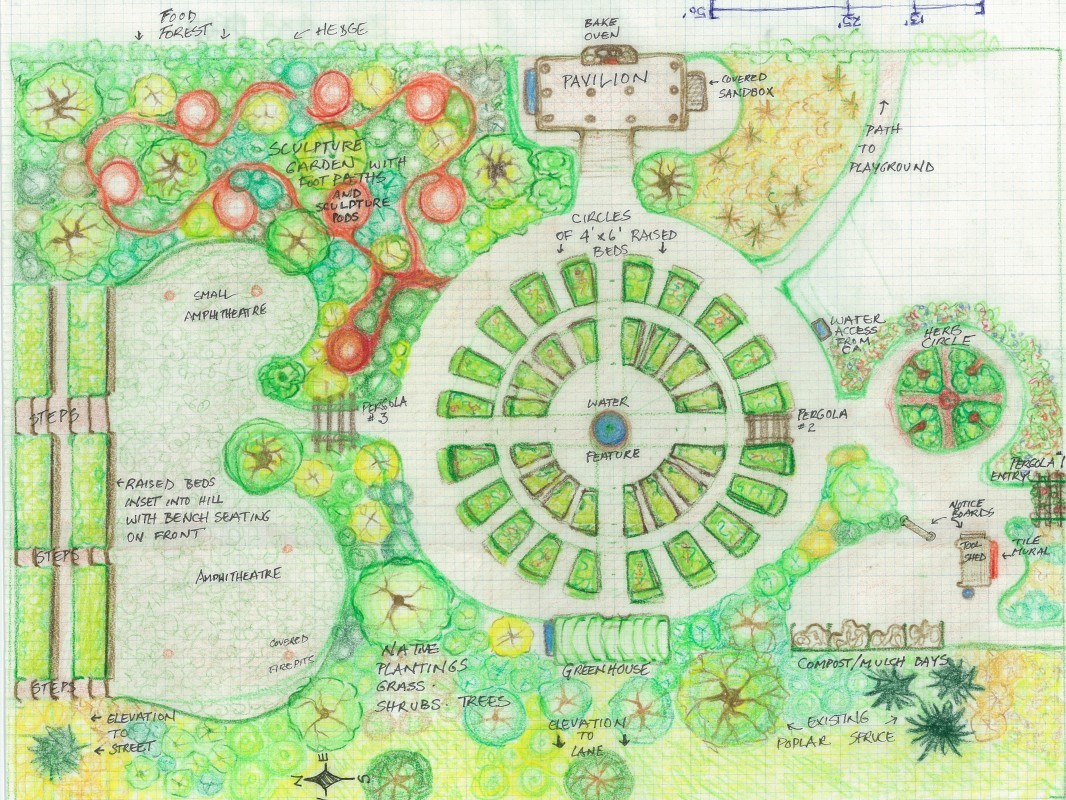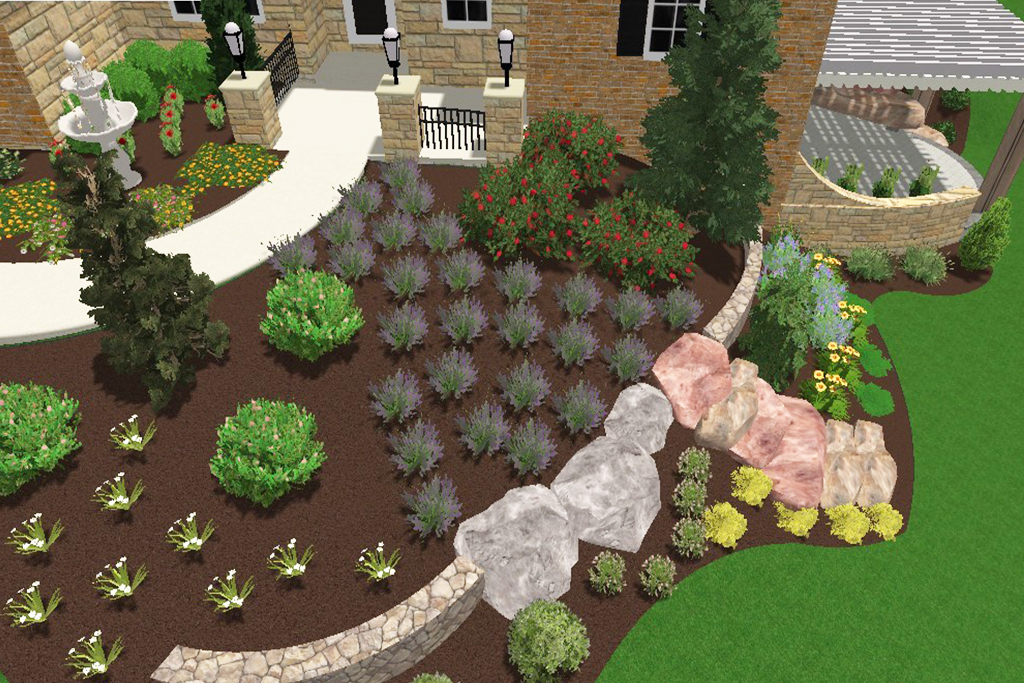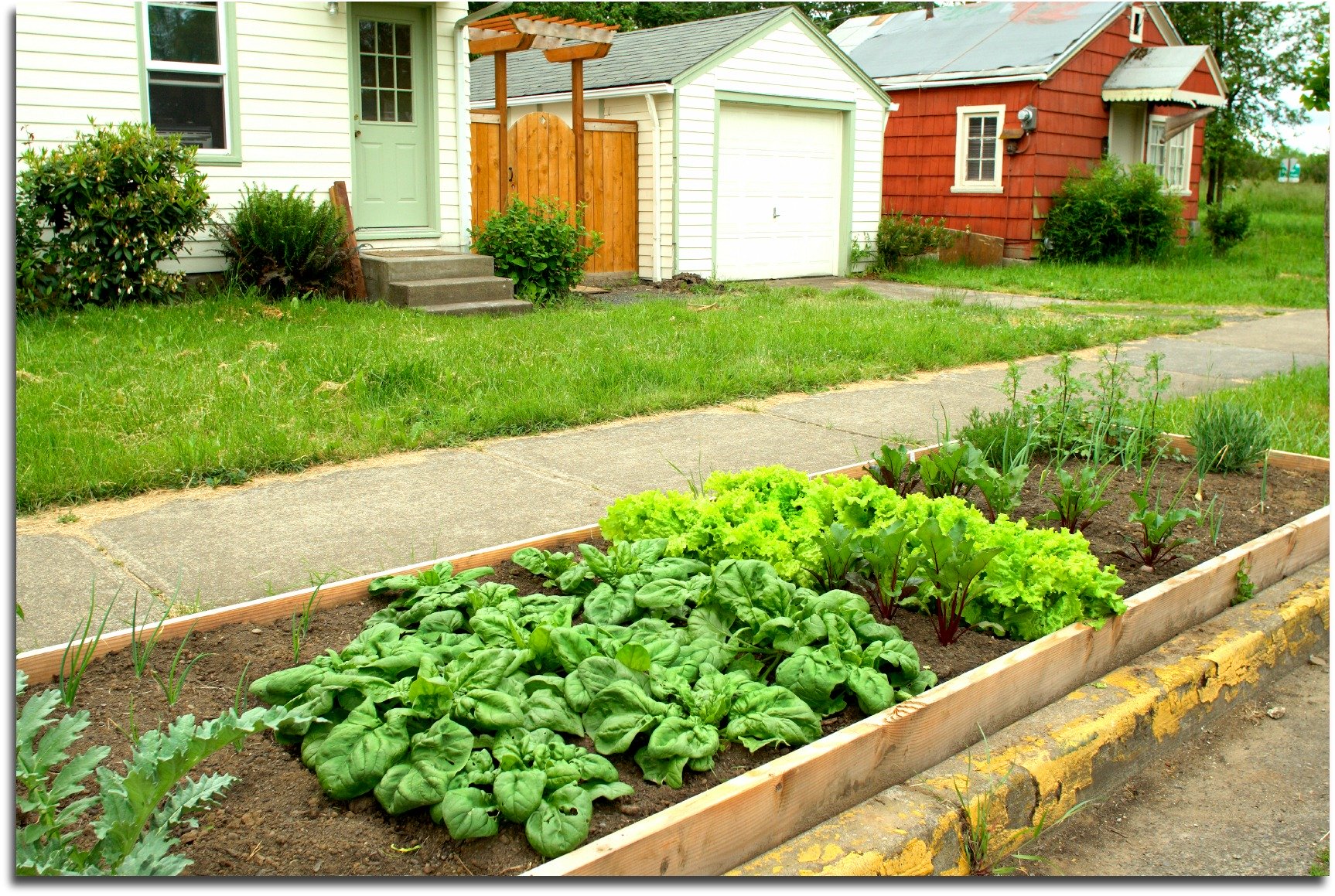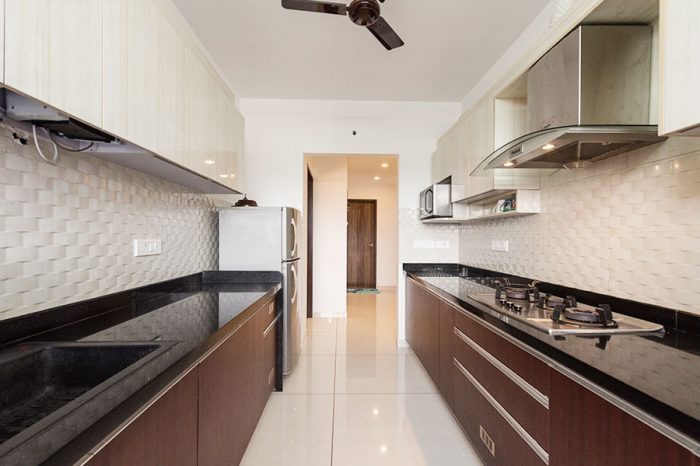Having a well-planned garden can make all the difference in creating a beautiful and functional outdoor space. Whether you're a seasoned gardener or just starting out, here are some tips and ideas to help you plan your dream garden.Garden Planning Tips and Ideas
Before you start planting, it's important to have a solid plan in place. Here's a step-by-step guide to help you plan your garden: Step 1: Determine your goals and needs - Before you start designing your garden, think about what you want to achieve. Do you want a low-maintenance garden, a vegetable garden, or a garden that attracts birds and butterflies? Also, consider your needs, such as space for kids to play or a patio for entertaining. Step 2: Choose the right location - The location of your garden is crucial. Make sure it gets enough sunlight and has easy access to water. Consider the topography of your yard and any potential challenges, such as trees or utility lines. Step 3: Decide on a garden style - There are many different garden styles to choose from, such as formal, cottage, or tropical. Look for inspiration in magazines, online, or in your local botanical garden. Choose a style that fits your personal taste and complements your home's architecture. Step 4: Create a layout - Once you have your goals, location, and style in mind, it's time to create a layout for your garden. Start by sketching out your yard and where you want to place different elements, such as a patio, flower beds, or a vegetable garden. Make sure to leave enough space for pathways and future growth. Step 5: Select plants and materials - Now it's time to choose the plants and materials for your garden. Consider the climate and soil conditions in your area when selecting plants. Also, think about the maintenance level and how the plants will look throughout the year. When it comes to materials, consider using a variety of textures and colors to add interest to your garden. Step 6: Consider the seasons - Your garden should look beautiful and be functional throughout the year. Choose plants that bloom at different times to ensure color and interest in every season. Also, consider adding evergreens or structures, such as trellises or statues, to add interest during the winter months.How to Plan a Garden: A Step-by-Step Guide
Garden design is both an art and a science. It's about creating a beautiful and functional outdoor space while also considering the needs of the plants and the environment. Here are some tips for designing your garden: Start with the basics - When designing your garden, start with the basics, such as the location, size, and shape. Then, add in elements like paths, seating areas, and focal points. Think about flow - A well-designed garden should have a natural flow that leads the eye and the viewer through the space. Consider how you want people to move through your garden and use pathways and plantings to guide them. Use color and texture - A garden is a feast for the senses, so make sure to include a variety of colors and textures in your design. Mix different types of plants, such as flowers, shrubs, and trees, to add depth and interest to your garden. Include focal points - Focal points are essential in garden design as they draw the eye and add interest. These can be anything from a sculpture or fountain to a beautiful tree or flower bed. Consider the environment - When choosing plants for your garden, make sure to consider the environment. Native plants are a great option as they are adapted to your climate and require less maintenance. Also, consider using sustainable practices, such as rainwater harvesting and composting, to make your garden more eco-friendly.Garden Planning and Design
Having a well-planned layout can make all the difference in creating a functional and visually appealing garden. Here are some tips for planning and laying out your garden: Start with a focal point - When planning your garden layout, start with a focal point. This could be a tree, a statue, or a beautiful flower bed. From there, you can build outwards and create a cohesive design. Use curves and angles - A garden with only straight lines can feel dull and rigid. Incorporate curves and angles into your design to add visual interest and make your garden feel more natural. Consider the view - When planning your layout, consider the view from different angles, such as inside your home or from different parts of your yard. Make sure to place focal points and key elements where they can be seen and appreciated. Leave room to grow - It's essential to consider the growth of your plants when planning your layout. Make sure to leave enough space for plants to grow and spread, and don't overcrowd your garden. Include functional areas - Your garden should not only be beautiful but also functional. Include areas for seating, dining, and entertaining in your layout to make the most of your outdoor space.Garden Planning and Layout
If you're feeling overwhelmed with the planning process, consider using garden planning software. These tools can help you create a 3D model of your garden and experiment with different layouts and plant combinations. Some programs even have plant databases to help you choose the right plants for your garden. Benefits of using garden planning software:Garden Planning Software
Planning a vegetable garden is a bit different from planning a traditional garden. Here are some tips to help you plan and design your vegetable garden: Choose the right location - Vegetables need at least 6 hours of sunlight per day, so make sure to choose a spot in your yard that gets enough sun. Also, consider the soil conditions and drainage in your chosen location. Decide on the size and shape - The size and shape of your vegetable garden will depend on your goals and the amount of space you have. Consider using raised beds or containers to make the most of a small space. Rotate your crops - To ensure healthy and productive plants, it's essential to rotate your crops each year. This means not planting the same type of vegetable in the same spot each year. Consider companion planting - Companion planting is when you plant different types of plants together to benefit each other. For example, planting marigolds near your vegetables can help deter pests. Plan for succession planting - To have a continuous supply of vegetables throughout the growing season, plan for succession planting. This means planting different crops at different times so that you have a continuous harvest.Vegetable Garden Planning
If you're new to gardening, the planning process can seem overwhelming. Here are some tips to help you get started: Start small - It's easy to get carried away and want to create a large and elaborate garden. However, as a beginner, it's best to start small and manageable. You can always expand your garden in the future. Choose easy-to-grow plants - As a beginner, it's best to start with plants that are easy to grow and maintain. Some good options include herbs, succulents, and perennials. Do your research - Before starting your garden, do some research on the plants you want to grow. Make sure they are suitable for your climate, and learn about their care and maintenance requirements. Ask for help - Don't be afraid to ask for help from experienced gardeners or visit your local nursery for advice. They can help you choose the right plants and give you tips on how to care for them. Be patient - Gardening takes time and patience. Don't get discouraged if your plants don't grow as quickly or as well as you expected. Learning to garden is a process, and it takes time to develop your skills.Garden Planning for Beginners
To ensure you don't miss any important steps in the planning process, here's a garden planning checklist:Garden Planning Checklist
To make the planning process easier, here are some essential tools you may need:Garden Planning Tools
To ensure your garden stays beautiful and healthy throughout the year, here's a garden planning calendar: Spring (March-May)Garden Planning Calendar
Planning Your Perfect Garden: Tips and Tricks

Creating a Functional and Beautiful Outdoor Space
 When it comes to house design, many people focus solely on the interior of their homes. However, the outdoor space is just as important and often overlooked. A well-designed garden can not only enhance the overall aesthetic of your house, but also provide a peaceful and functional outdoor area for you and your family to enjoy. Whether you have a large yard or a small balcony, proper planning is key to creating your perfect garden.
Garden planning
is the first and most important step in the process. Start by identifying the purpose of your garden. Are you looking for a relaxing space to unwind after a long day? Or do you want to grow your own fruits and vegetables? Knowing the purpose of your garden will help guide your design choices.
Next, consider the layout of your outdoor space. Take note of any existing structures, trees, or plants that you want to keep. This will help you determine the best location for your garden and any potential design features.
Budget
is another important factor to consider when planning your garden. Decide how much you are willing to spend on materials and plants. This will help you prioritize your design elements and avoid overspending.
Once you have a clear idea of your garden's purpose, layout, and budget, it's time to get creative! Incorporate elements that reflect your personal style and add character to your outdoor space. This could be through the use of color, texture, or unique features like a water feature or a fire pit.
Functionality
is also crucial in garden planning. Consider how you will use your garden and design accordingly. For example, if you want to entertain guests, make sure there is enough seating and space for socializing. If you have children or pets, create a designated play area that is safe and enjoyable for them.
Lastly, don't forget about maintenance. While a beautiful garden may seem like a dream, it requires regular upkeep. Choose plants and features that are easy to maintain and fit into your lifestyle.
In conclusion, proper
garden planning
is essential in creating a functional and beautiful outdoor space. By identifying the purpose of your garden, considering the layout and budget, and incorporating your personal style, you can design a garden that meets your needs and enhances the overall aesthetic of your house. So take the time to plan and get creative, and soon enough, you'll have the perfect garden to enjoy for years to come.
When it comes to house design, many people focus solely on the interior of their homes. However, the outdoor space is just as important and often overlooked. A well-designed garden can not only enhance the overall aesthetic of your house, but also provide a peaceful and functional outdoor area for you and your family to enjoy. Whether you have a large yard or a small balcony, proper planning is key to creating your perfect garden.
Garden planning
is the first and most important step in the process. Start by identifying the purpose of your garden. Are you looking for a relaxing space to unwind after a long day? Or do you want to grow your own fruits and vegetables? Knowing the purpose of your garden will help guide your design choices.
Next, consider the layout of your outdoor space. Take note of any existing structures, trees, or plants that you want to keep. This will help you determine the best location for your garden and any potential design features.
Budget
is another important factor to consider when planning your garden. Decide how much you are willing to spend on materials and plants. This will help you prioritize your design elements and avoid overspending.
Once you have a clear idea of your garden's purpose, layout, and budget, it's time to get creative! Incorporate elements that reflect your personal style and add character to your outdoor space. This could be through the use of color, texture, or unique features like a water feature or a fire pit.
Functionality
is also crucial in garden planning. Consider how you will use your garden and design accordingly. For example, if you want to entertain guests, make sure there is enough seating and space for socializing. If you have children or pets, create a designated play area that is safe and enjoyable for them.
Lastly, don't forget about maintenance. While a beautiful garden may seem like a dream, it requires regular upkeep. Choose plants and features that are easy to maintain and fit into your lifestyle.
In conclusion, proper
garden planning
is essential in creating a functional and beautiful outdoor space. By identifying the purpose of your garden, considering the layout and budget, and incorporating your personal style, you can design a garden that meets your needs and enhances the overall aesthetic of your house. So take the time to plan and get creative, and soon enough, you'll have the perfect garden to enjoy for years to come.











































































:max_bytes(150000):strip_icc()/smallblueprinter-garden-planner-56af69593df78cf772c4168f.png)





















